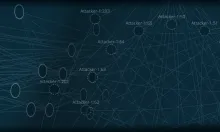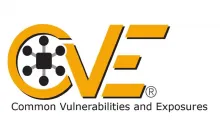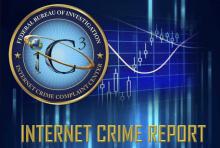2025 Conference Talks for Charles Herring
The following abstracts are available for delivery at security meetings and conferences.
Charles’ Biography
Charles Herring is co-Founder and Chief Technology Officer at WitFoo. WitFoo was founded to enable the sharing of information and operations across the craft of Cybersecurity. Charles leads research and development of the WitFoo Precinct platform that utilizes Apache Cassandra as a fundamental component in its architecture. Precinct ingests trillions of messages each day across hundreds of clusters to detect cybercrime and provide secure methods of sharing data and operations across corporations, organizations, law enforcement, national security and insurers.










